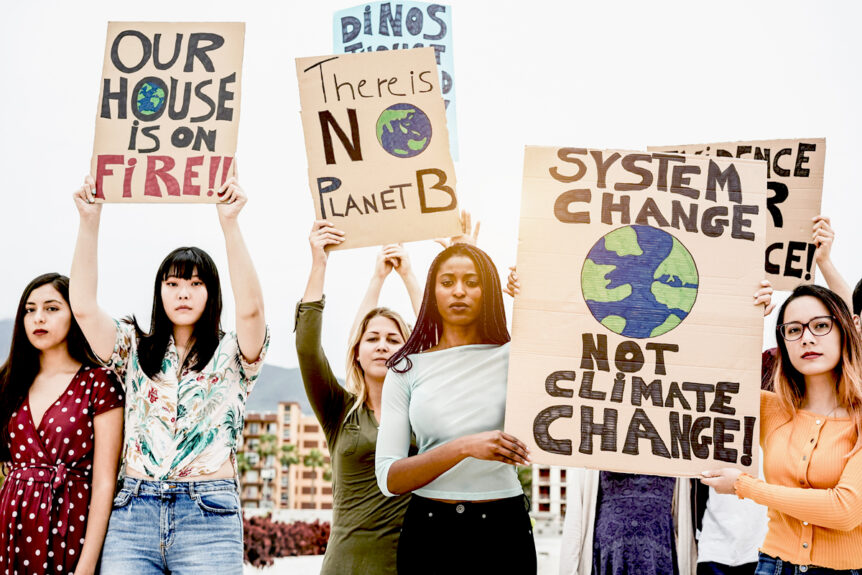Share this Post
Climate change doesn’t just alter our environment; it exacerbates societal disparities. It widens gaps in land ownership, educational opportunities, job access, financial resources, and decision-making authority. The response to climate change, even in the distribution of disaster aid and climate funds, often neglects gender considerations. If we continue without acknowledging and integrating the specific needs, vulnerabilities, and perspectives of women, our efforts to combat climate change may fall short of improving the lives of women and girls.
To understand the unequal impact of climate change on men and women, we need a comprehensive gender analysis. Such an analysis reveals existing inequalities and serves as a compass for targeted measures. By recognizing the unique needs of women and girls, alongside those of men and boys, we can craft climate policies and initiatives that truly address the diverse impacts of climate change. Unfortunately, most countries lack gender-sensitive climate policies, but a growing number are making strides to integrate them.
In Chad, a country grappling with gender disparities, initiatives are underway to involve women in community disaster preparedness and response committees, particularly in flood-stricken areas like N’Djamena. Partnerships between the World Bank, Global Center on Adaptation (GCA), and governments of Norway and Denmark facilitate educational campaigns on women-centric radio programs. These efforts are coupled with funding for job creation in sectors like urban agriculture, greening projects, and neighborhood clean-ups, specifically tailored to benefit women.
Similar endeavors prioritize female engagement in Kenya. The GCA supports the formulation of locally-driven “People’s Adaptation Plans,” offering solutions to challenges faced by women in informal settlements like Mukuru. Diane Mwende’s story showcases the tangible impact of these plans—access to water points reduced her daily commute for water from 30 minutes to just two. This success story in Mukuru serves as a blueprint for transforming similar slums in Kenya and other regions.
Studies consistently affirm that involving women in climate solutions significantly boosts success rates. The World Bank’s research underscores this, linking women’s leadership and involvement in climate action to enhanced resource governance, project outcomes, and disaster readiness. Remarkably, if female smallholders received equal access to resources, their agricultural yields could surge by 20 to 30 percent, substantially reducing hunger for millions while mitigating carbon emissions through improved farming practices.
Granting women increased access to resources doesn’t just reduce vulnerability; it fortifies households and communities against climate-related challenges. Moreover, integrating more women into decision-making roles enriches the spectrum of solutions available to address climate change.
Enhancing the gender responsiveness of climate finance proves beneficial on multiple fronts. Countries like Zimbabwe and Uzbekistan showcase successful gender-sensitive green finance initiatives. Zimbabwe’s fund for female solar entrepreneurs and Uzbekistan’s green mortgage schemes for rural households led by women exemplify the transformative potential of such initiatives.
Our quest for a climate-safe future hinges on urgent, gender-sensitive climate action. Embedding gender equality at the core of climate initiatives is more critical now than ever. By empowering women, ensuring their participation in decision-making, and providing them with equitable access to climate solutions and finance, we pave the way for a sustainable, climate-resilient future for all.
Published by Hear Her Stories

